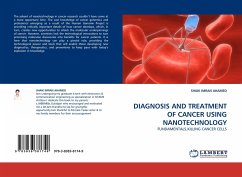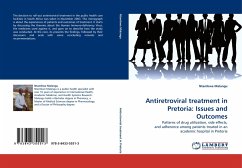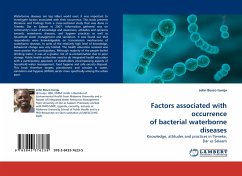When I commenced this work in the 1980s, the understanding of cryptococcosis in companion animals was descriptive and superficial. Many of the observations were anecdotal, and based on data from a small number of cases. No attention had been paid to the taxonomic classification of Cryptococcus species/varieties, there had been little analysis of factors predisposing animals to infection, or that accounted for the anatomic distribution of lesions or the variable epidemiology in different species. Furthermore, the utility of different diagnostic aids had not been well delineated, and attempts at therapy had often been empiric. My approach was to evaluate and treat as many cases as possible, using a systematic approach to history recording, diagnosis, sample collection and treatment, and to develop strategic collaboration with colleagues with expertise in cytopathology, classical mycology and molecular genetics. The archiving of a large number of clinical and environmental isolates in a freeze-dried collection was an important component of this effort, as this had not been done previously in a veterinary setting.
Bitte wählen Sie Ihr Anliegen aus.
Rechnungen
Retourenschein anfordern
Bestellstatus
Storno








